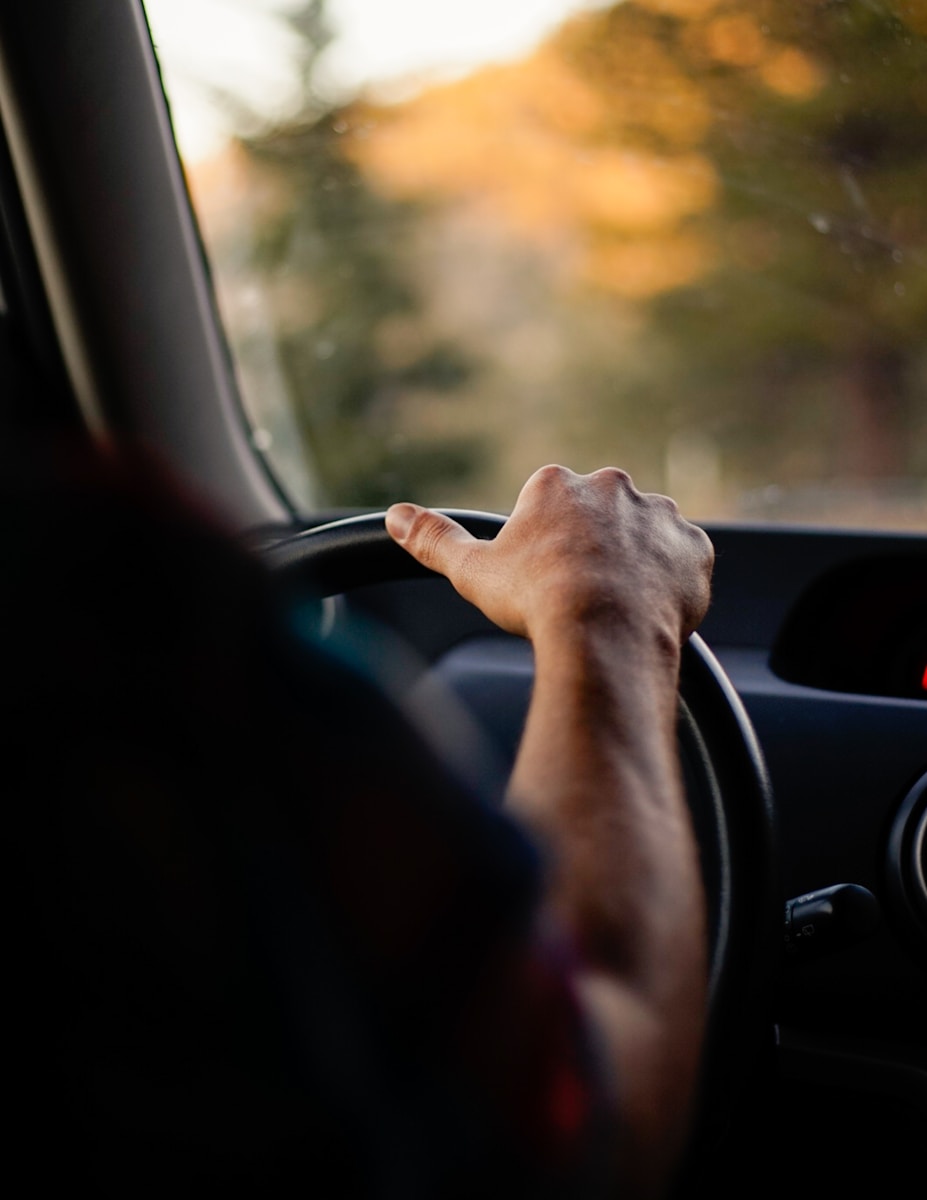Key Takeaways
- Drugged driving slows reflexes and harms judgment as much as drunk driving.
- Thousands of drivers use cannabis or other drugs before getting behind the wheel.
- Laws on drugged driving vary widely and can be confusing.
- There is no easy roadside test for drug impairment like there is for alcohol.
- Speak up if a friend seems impaired and plan a safe ride home.
Understanding Drugged Driving Risks
Many people think drunk driving is the only road danger. However, drugged driving can be just as deadly. In the United States, over twelve million people ages sixteen and older drove after using illegal drugs in one recent year. Of these, almost twelve million said they had driven under the influence of cannabis. Drugged driving also involves prescription painkillers, sedatives, stimulants, and mix-and-match substances. Each drug type affects drivers in a different way. Cannabis slows reaction time and changes how a person judges distance. Opioids can make drivers drowsy and unfocused. Stimulants may create a false sense of confidence and lead to risky choices. When drugs mix with alcohol, the risks grow even larger. Therefore, it is vital to treat drugged driving with the same urgency as drunk driving.
The Rising Trend of Drugged Driving
Recently, more drivers report taking drugs before they drive. For example, roadside studies in various countries find that between three and twenty percent of drivers test positive for drugs. In the United States, the number of cannabis users on the road has surged. Yet many people believe cannabis does not impair driving. In fact, a major traffic safety foundation found that four out of five cannabis users admit they drove within hours of using it. Shockingly, one in five of those drivers believe their skills improved after using cannabis. Research shows that drivers with THC in their blood are about twice as likely to be in a fatal crash. By comparison, a driver at the legal alcohol limit is over ten times more likely to die in a crash than a sober driver. Clearly, drugged driving poses a serious threat to everyone on the road.
How Laws Affect Drugged Driving Cases
States use different rules to fight drugged driving. Some states rely on officers spotting signs of impairment. Other states set a blood threshold for substances such as THC. A few even have zero-tolerance laws, which ban any trace of drugs while driving. These inconsistencies create confusing gaps in enforcement. For instance, in one state, a person can face charges for having any controlled substance in their blood, even if a doctor prescribed it. In another state, medical cannabis patients cannot be convicted just because they have THC in their system. However, prosecutors can still argue they were impaired. Because of these differences, drivers may not know what rules apply where they live or travel. As a result, many cases hinge on uneven testing methods and subjective observations rather than clear science.
Why Drugged Driving Is Hard to Detect
One reason drugged driving slips through the cracks is that there is no quick test like a breathalyzer. Alcohol testing relies on a well-known legal limit of zero point zero eight blood alcohol concentration. In contrast, drugs such as THC linger in the body long after someone stops feeling high. Also, many roadside officers lack the training or tools to detect newer synthetic drugs. To tackle this, almost half of U.S. states now allow saliva tests at the roadside. These tests can spot recent drug use within minutes. Still, they are not foolproof. For example, a saliva swab might show THC even if a person is no longer impaired. Scientists are working on new tools like eye-tracking devices to spot drug effects in real time. Until these devices become reliable and widespread, drugged driving will remain hard to catch.
What You Can Do to Stay Safe
Even with complicated laws and imperfect tests, you have power over your own safety. First, plan ahead. If you intend to use any impairing substance, arrange a ride with a sober friend or a rideshare service. Second, know your limits. If you feel slower, foggy, or different in any way, do not drive. Third, speak up if you ride with someone who looks or acts impaired. A simple reminder can stop a tragedy. Finally, support campaigns that spread awareness about drugged driving. For example, a national safety agency encourages drivers to remember: if they feel different, they drive different. This message helps people realize that even small changes in feeling can affect driving. Therefore, choosing not to drive impaired is a step toward saving lives.
FAQs
What exactly is drugged driving?
Drugged driving means getting behind the wheel after using any impairing substance. This includes illegal drugs, prescription medications, or legal substances such as cannabis.
How do officers test for drugged driving?
Officers look for signs like slow reaction, red eyes, or shaky hands. Some states use saliva swabs, while others rely on blood tests. Yet these methods cannot match the ease of alcohol breath testing.
What penalties can someone face for drugged driving?
Penalties vary by state but can include fines, license suspension, and jail time. In serious cases, drivers may face years in prison for causing death while impaired.
How can I avoid drugged driving?
Always have a plan for a sober ride if you plan to use any impairing substance. Speak up if a friend seems under the influence. By acting early, you help keep everyone on the road safe.

